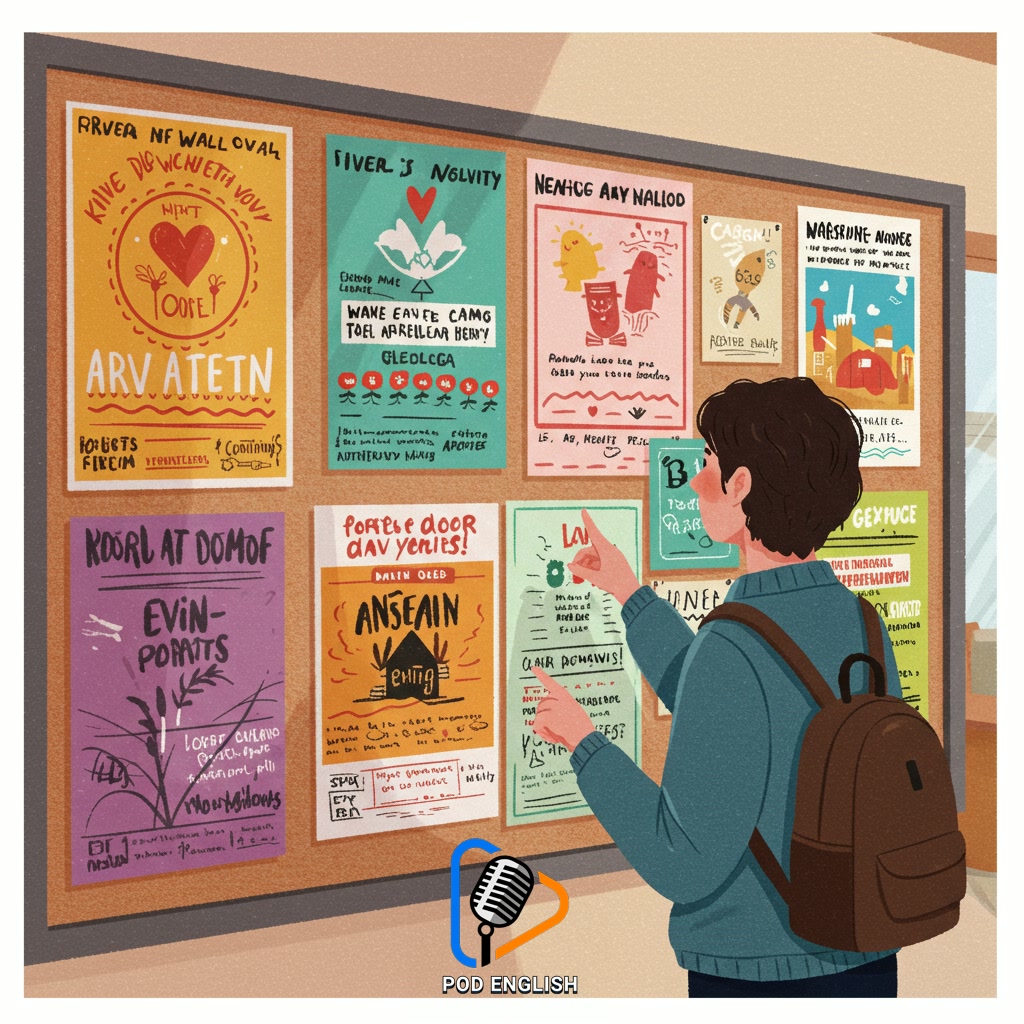Learn English
Build Your English Fluency Through Engaging with Local Culture and Traditions

This content explores an effective method for improving English fluency by deeply engaging with local culture and traditions. By interacting with everyday life, customs, and community events, individuals gain practical language experience in authentic contexts. This immersive approach enhances understanding, builds confidence in speaking, and makes the process of language acquisition more dynamic and meaningful. It highlights how real-world cultural interaction provides invaluable opportunities for natural language development.
Table of Contents
- Section 1: The Powerful Link Between Culture and English Fluency
- Section 2: Identifying and Accessing Local Cultural Opportunities
- Section 3: Practical Ways to Engage and Practice English in Cultural Settings
- Section 4: Expanding Vocabulary and Understanding Through Authentic Experiences
- Section 5: Overcoming Challenges and Making the Most of Cultural Interactions
- Section 6: Sustaining Engagement for Continuous English Improvement
Section 1: The Powerful Link Between Culture and English Fluency
Learning English effectively goes far beyond memorizing vocabulary lists or grammar rules in isolation. There is a powerful and often underestimated link between truly engaging with local culture and achieving genuine English fluency. Culture provides the living context in which language is used every day. By understanding the customs, traditions, social norms, and daily interactions of English-speaking communities, learners gain insight into *how* and *why* certain words and phrases are used. This deepens comprehension, makes language feel more relevant and natural, and builds the confidence needed to participate actively in conversations. Engaging with culture transforms language learning from an academic exercise into a dynamic, real-world experience, making fluency a more attainable goal.

The Powerful Link Between Culture and English Fluency
Section 2: Identifying and Accessing Local Cultural Opportunities
To effectively immerse yourself and enhance your English fluency, the first crucial step is actively identifying and accessing the wealth of local cultural opportunities available. This isn’t always about grand festivals; it includes everyday interactions. Start by exploring online resources like community center websites, local news outlets, or event calendars which often list public gatherings, workshops, or traditional events. Don’t underestimate the power of simply walking around and observing; notice boards in libraries, cafes, or community hubs frequently display information about local activities. Engaging with people – asking friends, neighbors, or even shopkeepers about local happenings – can also uncover hidden gems. Look for opportunities that involve interaction, whether it’s a farmers’ market, a local craft fair, a language exchange group, or volunteer work. The key is to be proactive and seek out environments where authentic English conversation naturally occurs.

Identifying and Accessing Local Cultural Opportunities
Section 3: Practical Ways to Engage and Practice English in Cultural Settings
Once you’ve identified local cultural opportunities, the next step is actively engaging with them to practice your English. This involves stepping out of your comfort zone to participate. Consider joining local community events like festivals, workshops, or volunteer groups where interaction is encouraged. Visiting museums, historical sites, or markets provides chances to ask questions and discuss what you see with staff or other visitors. Look for language exchange meetups that focus on cultural topics, or simply strike up conversations with friendly locals you encounter in these settings. Don’t be afraid to make mistakes; the goal is communication and building confidence in real-world contexts. Embrace every chance to listen and speak, making cultural exploration a fun and effective part of your language learning journey.

Practical Ways to Engage and Practice English in Cultural Settings
Section 4: Expanding Vocabulary and Understanding Through Authentic Experiences
Engaging directly with local culture offers a rich environment for vocabulary expansion and deeper understanding. As you interact in everyday situations, like visiting markets, attending local events, or chatting with residents, you encounter authentic language used naturally. This exposure introduces you to new words, idiomatic expressions, and colloquial phrases that textbooks often don’t cover. Furthermore, experiencing language in context helps you grasp nuances in meaning and appropriate usage. You learn not just *what* a word means, but *how* and *when* it’s used by native speakers in real-life scenarios, significantly enhancing your comprehension and ability to communicate effectively and appropriately.

Expanding Vocabulary and Understanding Through Authentic Experiences
Section 5: Overcoming Challenges and Making the Most of Cultural Interactions
While immersing yourself in local culture offers unparalleled opportunities for language practice, it’s also natural to encounter challenges such as shyness, difficulty understanding unfamiliar accents or idioms, or making mistakes. Don’t let these potential hurdles discourage you. Acknowledge that confusion and errors are a normal part of the learning journey. To make the most of these interactions, be brave and initiate simple conversations. If you struggle to understand, politely ask for repetition or clarification. Observe body language and context for clues. Embrace mistakes as valuable feedback, and don’t be afraid to try using new words or phrases. Actively listen and participate, even if just with simple responses. Reflect on your experiences afterwards, noting what you learned and what you can improve next time. Persistence and a positive attitude are your greatest assets in turning cultural encounters into effective fluency builders.

Overcoming Challenges and Making the Most of Cultural Interactions
Section 6: Sustaining Engagement for Continuous English Improvement
Maintaining your connection with local culture is key to long-term English growth. After overcoming initial shyness or difficulty, focus on making cultural engagement a regular part of your routine. This could involve consistently visiting a local market, joining a community club related to your interests, or regularly attending local festivals and events. Setting small, achievable language goals tied to these activities, like having a short conversation with a vendor or asking a question at a meeting, can provide motivation. Reflecting on your experiences and noting how your understanding or speaking improves over time also helps sustain enthusiasm. By integrating cultural interaction into your daily or weekly life, you ensure continuous practice and deeper immersion, leading to steady and significant fluency gains. Finding enjoyment in the process, celebrating small victories, and connecting with others who share similar interests can also help maintain momentum and make the learning journey more rewarding and sustainable.

Sustaining Engagement for Continuous English Improvement













